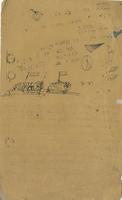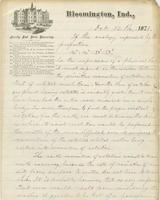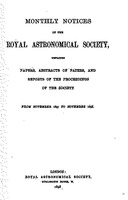Public Science in Nineteenth-Century America

Theophilus Wylie owned this telescope and may have used it when he was making observations with his students.
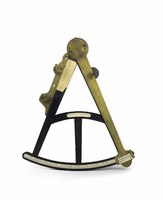
This sextant owned by Theophilus Wylie was likely used in his experiments and observations with Daniel Kirkwood.
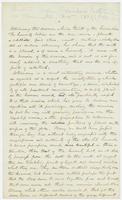
T. A. Wylie was known for his demonstrations of scientific topics before popular audiences. This is an address he gave on astronomy at the Teacher's Institute in Indiana.
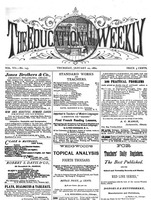
T. A. Wylie's lectures were often written up in professional literature. This summary of a public lecture he gave to the Southern Indiana Teacher's Association was published in their newsletter.
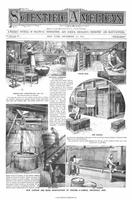
In 1881, T. A. Wylie wrote a response to an article in the popular magazine, Scientific American, called "Rain of Spider Webs" in which he responded to an earlier article asking for help in identifying a strange phenomenon of spider webs appearing in unusual ways.
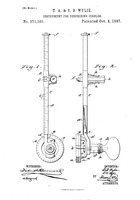
Scholars like T. A. Wylie were also engaged in creating instruments to help his teaching. Here is an example of a patent he and his son, Samuel Brown Wylie, invented which they intended "for school use for drawing circles and geometrical figures on a blackboard."

Daniel Kirkwood, a well-known astronomer and discoverer of the "Kirkwood Gaps" also enaged both other scientists and members of the public in recording observations. Here is a response that Kirkwood received detaling meteor observations.
Scientists in the 19th century relied on members of the public to strengthen their own scientific practices. Theophilus A. Wylie and his colleague Daniel Kirkwood, the discoverer of the "Kirkwood gaps" (a method for determining distance between meteors), both believed that their teaching and engagement with the public was vital for their work. These items demonstrate how the two scholars engaged with non-scientists.
Wylie and Kirkwood collaborated together a great deal. They enlisted their students, fellow researchers, and members of the public in what now might be termed an early form of "citizen science." In the twenty-first century, "citizen science" is often used with large projects such as NASA's Disk Detective, which helps identify potential homes of new planets, but items included in this exhibit demonstrate that the method is not a new one. Examples of Kirkwood's broad scientific engagement include a response colleagues sent him about meteor observations and notes he sent to Wylie about various astronomical events. Furthermore, the ongoing collaboration between Wylie, Kirkwood, and members of the public often led to the publication of scientific articles, such as the one included here from the Monthly Notices of the Royal Astronomical Society.
Wylie was a strong advocate of both formal and popular education, and he dedicated much of his career to making science a public endeavor. He published several articles in the popular press. His "Rain of Spiders," which is featured in this exhibit, appeared in the magazine Scientific American. Items featured here also include the notes from an astronomy lecture he gave to members of the general public as well as the summary of another scientific lecture he gave to a local teacher's association. Wylie also created materials to aid him in his scientific engagement. In 1887, for example, he and his son Samuel received a patent for a new and improved cyclograph to scribe circles, formulated to assist with mathematical teaching. They were the first IU faculty members to recieve a patent. In October 2020, Indiana University awarded inaugural Wylie Innovation Catalyst Medals in their name to celebrate IU inventors.


